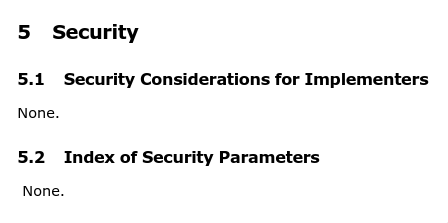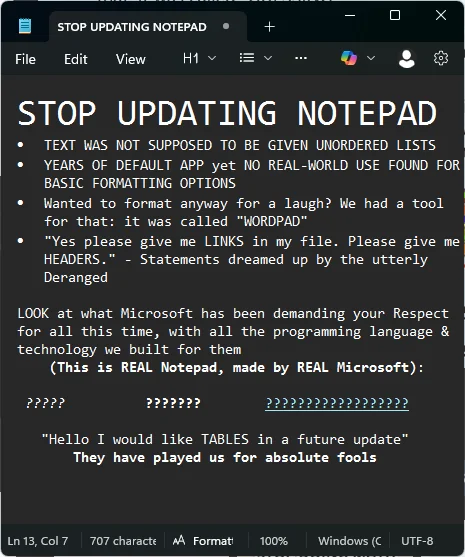"Our research confirms that crimes committed by Hamas and other Palestinian armed groups during their attacks on 7 October 2023 and against those they seized and held hostage were part of a systematic and widespread assault against the civilian population and amount to crimes against humanity," said Agnès Callamard.
Trump has now set a deadline for Thursday next week, where he demands Ukraine signs an agreement to meet Putin’s demands:
— No NATO membership
— A reduction of its military to just 600,000 troops
— Accepting the loss of Donetsk, Luhansk, Crimea, and most of Kherson and Zaporizhzhia
— Forcing Ukrainian elections within 100 days
While Russia will
— Reenter the G8
— Have all sanctions lifted
This is not a peace agreement. This is capitulation.
In a stunning intelligence coup, the CIA was caught completely off-guard when Fosun Group quietly bought the company that provides liability insurance to its agents.
For an undisclosed period, a Chinese firm had access to the personal details of America's top spies, a move that was perfectly legal and in the open. 😆
https://en.wikipedia.org/wiki/User_talk:Turvill
https://www.nytimes.com/2019/11/26/business/jeffrey-epstein-charity.html
The FBI has subpoenaed the domain registrar of archive.today, demanding information about the owner.
https://www.404media.co/fbi-tries-to-unmask-owner-of-infamous-archive-is-site/
Charlie Kirk Was Not Practicing Politics the Right Way
🔗 https://www.404media.co/charlie-kirk-was-not-practicing-politics-the-right-way/
How you know you found the good shit:tm:
when the IEEE paper starts invoking faux 3D sigils made of logic symbols


"open the pod bay doors, Hal"
"sure, the doors are now open"
"no, Hal, they aren't. open the doors"
"you are right, that is my mistake. i have now opened the doors"
"Hal, the doors are still not open. open the doors!"
"you are right, the doors are not open. i have now opened the doors"
"Hal! the doors are still not open! i'm dying out here!"
"i am sorry, i did not open the doors when i said i had. that was my mistake. the doors are now open"
"... Hal ... open ... the ..."
A reporter reached out to me last month with questions about Universal Basic Income that required hours of my time to answer. Here are all the answers I wrote to all the questions, none of which ended up being published by them.
Google is currently showing ads paid for by the Israeli government on YouTube with a false claim that the UN hasn't delivered aid. The ads appear in at least 4 languages, the German version of which is being shown in Austria and Germany.
Austria’s parliament has passed a law to legalise spyware for state use — despite strong opposition.
The new law would allow police to install malware on people’s phones or computers.
Officials say it will only be used to read encrypted messages, but experts are clear: there is no way to stop this malware from accessing other private data.
Civil society organisations and opposition parties have promised to challenge the law in court.
Read more: https://www.statewatch.org/news/2025/july/austria-legalises-state-spyware-amidst-strong-opposition/







 🇵🇸
🇵🇸
